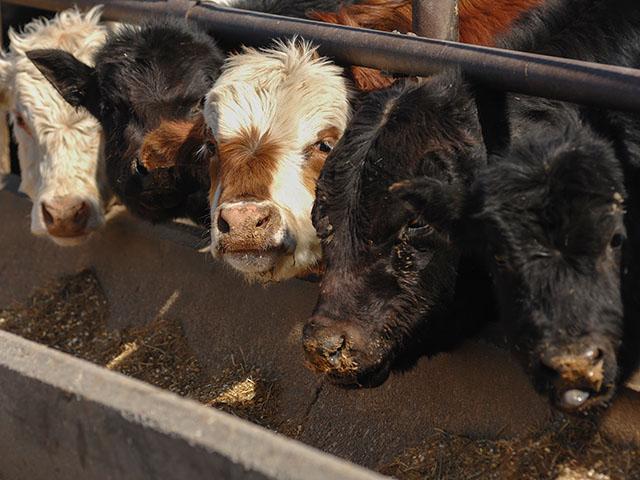Sort and Cull
Brace for Friday's Cattle on Feed Report with Greater Placements
There's no doubt that Friday's Cattle on Feed report will showcase greater placements, but the bigger question at stake is how dramatically is the market going to react to that data?
Given the knowledge we have -- surrounding the snowstorms that crippled transportation, weekly sale barn auctions and consequently hindered feeder cattle placements in January -- seeing higher placements in February should be common knowledge. Unfortunately, that's not how the Cattle on Feed report is assessed.
P[L1] D[0x0] M[300x250] OOP[F] ADUNIT[] T[]
I wish traders would look at the COF reports and not only compare how the data differs from a year ago, but also take into consideration the different ebbs and flows of each year. If the market took a sober look at Friday's COF report, seeing a hike in placements shouldn't be alarming, given the challenging circumstances which hit the countryside, sales and transportation in January. And, if anything, higher placements should be a comfort as the market possesses sharply fewer feeder cattle this year with the liquidation in the beef cowherd.
I went through the National Weekly Feeder and Stocker Cattle Summary, which reports weekly sale receipts across the nation, and for the three full weeks of February (without taking into account the first and last weeks of the month as they spill over into other months). All three weeks saw greater feeder cattle sales compared to a year ago. For the week ending Feb. 10, feeder cattle sales totaled 417,700 head, which was 104,100 head more than a year ago. For the week ending Feb. 17, feeder cattle sales totaled 306,700 head, which was 21,400 head more than a year ago. And for the week ending Feb. 24, feeder cattle sales totaled 379,900 head, which is 124,000 head more than a year ago. Not all these cattle found their way into feedlots as grass-cattle interest has been extremely strong already this year, but a large majority of them probably did.
In conclusion, I want to prepare you for the likelihood that the market reacts poorly to Friday's Cattle on Feed report, although an increase in placements is merited following the blip in January.
ShayLe Stewart can be reached at shayle.stewart@dtn.com
(c) Copyright 2024 DTN, LLC. All rights reserved.




